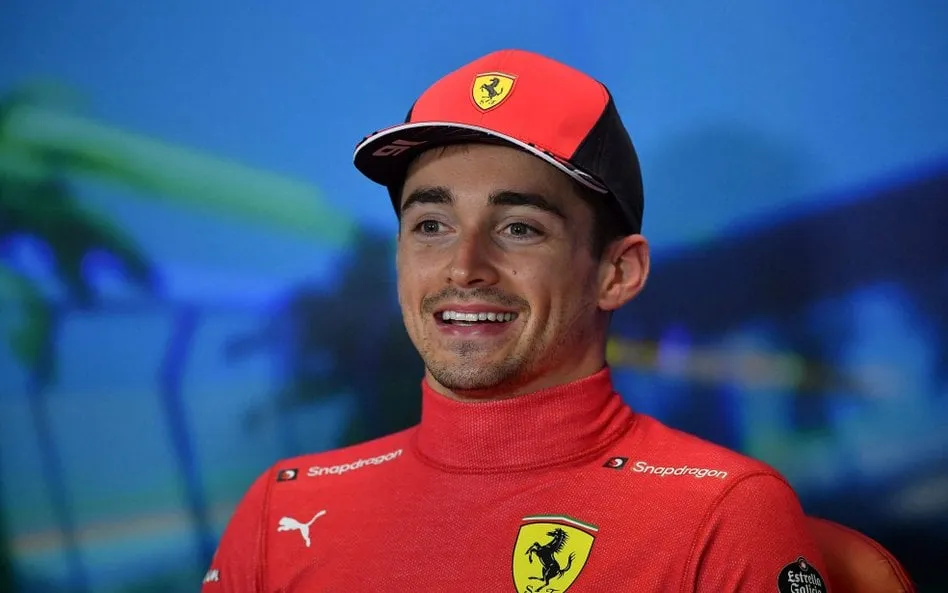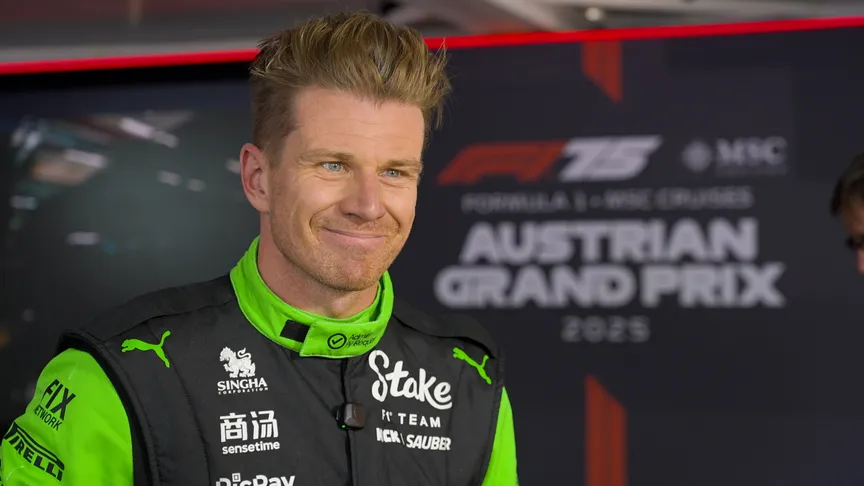
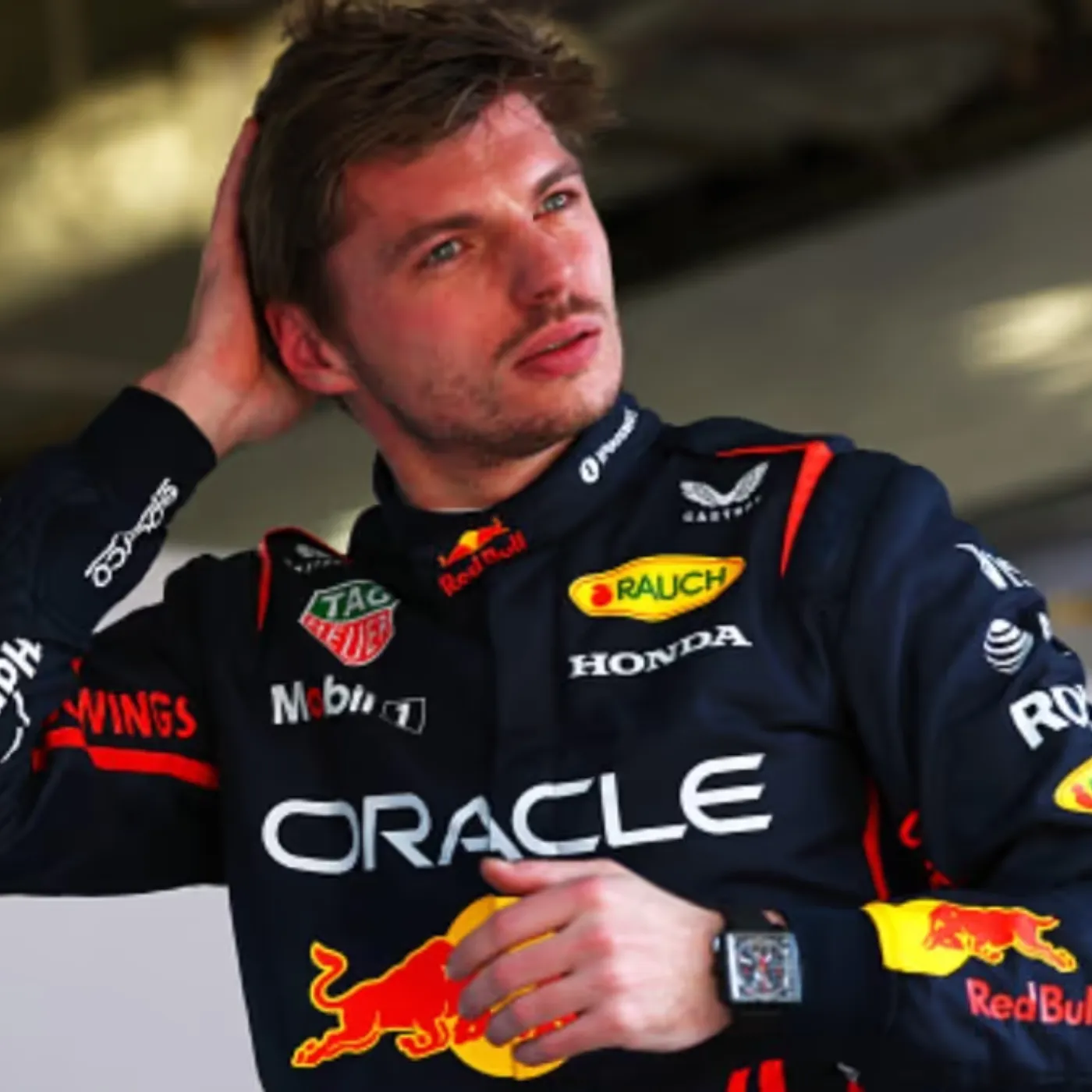
Verstappen exposed: Why V10 comeback could expose his true weakness
The Formula 1 world is buzzing with speculation about a potential V10 engine comeback, a move that could completely shake up the modern era of racing. While many fans romanticize the return of screaming, high-revving power units, one question looms over the sport’s current dominant force, Max Verstappen—would this shift expose a hidden flaw in his driving style?
Verstappen is widely regarded as one of the most complete drivers of his generation, dominating the sport with Red Bull’s hybrid-powered machines. His aggressive yet controlled approach has allowed him to exploit the full potential of modern F1 cars, which are engineered around hybrid energy recovery, fuel efficiency, and aerodynamics. However, some critics believe that if Formula 1 were to revert to V10 engines, Verstappen’s supremacy might not be as absolute as it is today. Could this be the one scenario where he finds himself struggling against the competition?
Why the V10 Era Was Different
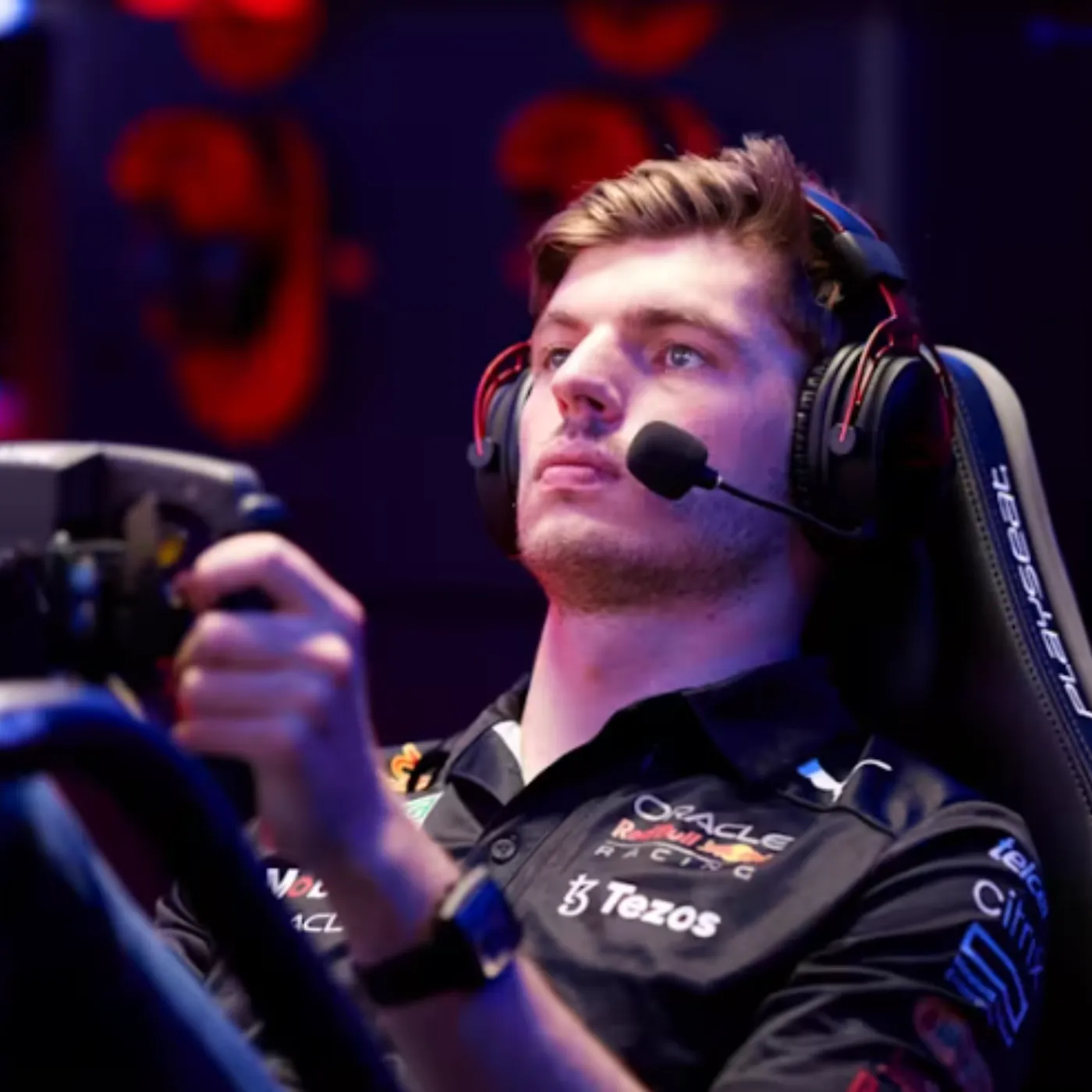
The legendary V10 era of Formula 1 (late 1980s to mid-2000s) was defined by raw horsepower, brutal acceleration, and a level of unpredictability that modern drivers have never experienced. Unlike today’s hybrid turbo era, which emphasizes ERS deployment, battery efficiency, and controlled fuel usage, V10 cars were wild, unforgiving machines that required drivers to possess an entirely different skill set.
During this era, Formula 1 cars ran with no fuel flow restrictions, no hybrid energy recovery, and a much higher rev limit—sometimes reaching 19,000 RPM. The challenge of racing these machines went beyond just outright speed; it was about handling brutal throttle response, unpredictable grip levels, and aggressive braking without electronic aids.
For years, drivers like Michael Schumacher, Mika Häkkinen, Fernando Alonso, and Kimi Räikkönen mastered these cars, proving their dominance through sheer car control, adaptability, and racing instinct. The lack of energy recovery systems (ERS) and brake-by-wire technology meant that drivers had to modulate their braking and throttle application manually, making every lap a test of pure skill.
Would Verstappen Struggle Without Modern Tech?
One of Max Verstappen’s greatest strengths has been his ability to maximize performance in an era defined by strict fuel flow limits, tire management, and hybrid power deployment. His mastery of energy recovery strategies and battery deployment allows him to stay ahead of competitors in modern F1 racing. But the V10 era was an entirely different beast—no energy recovery, no hybrid assists, and much more driver-dependent performance.
Legendary drivers from the V10 era excelled because they could push these cars to their absolute limits without the aid of hybrid deployment strategies or brake-by-wire assistance. Could Verstappen handle a V10 car as effectively as he does a modern hybrid machine, or has he become too dependent on the technology of his era?
The Hidden Weakness: A Different Braking and Throttle Balance
One of the biggest adjustments required for a V10 car is braking technique. Today’s Formula 1 cars use brake-by-wire systems, which allow electronic control over braking force, integrated with the hybrid energy recovery system (ERS). This makes braking more predictable and helps drivers modulate stopping power effectively.
In contrast, V10 cars had purely mechanical braking systems, meaning drivers had to balance braking force much more delicately. This difference could expose a weakness in Verstappen’s skill set—his ability to control braking without electronic assistance.
Similarly, V10 engines required an entirely different throttle application, as they delivered instant power with no hybrid delay. Modern turbo-hybrid cars have a more progressive power curve, which Verstappen has mastered. But with a V10, a slight misjudgment of throttle input mid-corner could lead to a snap oversteer moment—something that drivers like Schumacher and Alonso perfected but could be a major challenge for someone who has only raced in the hybrid era.
Additionally, V10 cars required drivers to constantly adapt to changing track conditions without assistance from engine mapping adjustments or hybrid power deployment tactics. This meant that drivers had to rely solely on instinct and experience rather than on software-driven adjustments that optimize power delivery for them.
Would Verstappen Adapt to a New Era?
While there’s no denying that Verstappen is an elite talent, the V10 comeback could be the ultimate test of his adaptability. Could he handle the brutal nature of a V10, or has his dominance been amplified by his ability to exploit modern hybrid power deployment rather than pure car control?
In the V10 era, race strategies revolved around maximizing raw performance rather than optimizing energy recovery. Drivers had to manage tire degradation with a different skill set, balancing aggressive acceleration and careful tire wear. Would Verstappen still be able to outshine his rivals in a world where raw speed, not efficiency, dictated race outcomes?
Some believe Verstappen’s natural aggression would make him instantly competitive in a V10 car, while others suggest he might struggle against drivers who have raced in more mechanical, less technology-dependent machines.
A New Era of Competition?
If Formula 1 were ever to reintroduce V10 engines, it could shift the balance of power across the grid. Drivers who have struggled in the hybrid era—those with aggressive, instinctive driving styles—might suddenly find themselves at an advantage. Meanwhile, Verstappen’s current dominance could be challenged, forcing him to prove his adaptability in an entirely different way.
There’s also a growing belief that a V10 comeback would be more entertaining for fans. Many have argued that modern hybrid engines, despite being more powerful, have removed some of the raw, visceral excitement that made older Formula 1 races so thrilling.
How Would Other Drivers Handle the Shift?
A return to V10 engines wouldn’t just impact Verstappen—it would shake up the entire grid. Many current drivers have never driven a non-hybrid F1 car in competitive conditions, meaning they, too, would have to adjust.
Lewis Hamilton, for example, debuted in 2007 when V8s were in use, meaning he has some experience in a more traditional, non-hybrid era. Fernando Alonso, who raced during the V10 era, might actually benefit from a return to the old-school formula.
Meanwhile, younger drivers like Lando Norris, George Russell, and Charles Leclerc have built their careers entirely around hybrid-powered cars and could find themselves struggling just like Verstappen.
Would Red Bull Still Dominate?
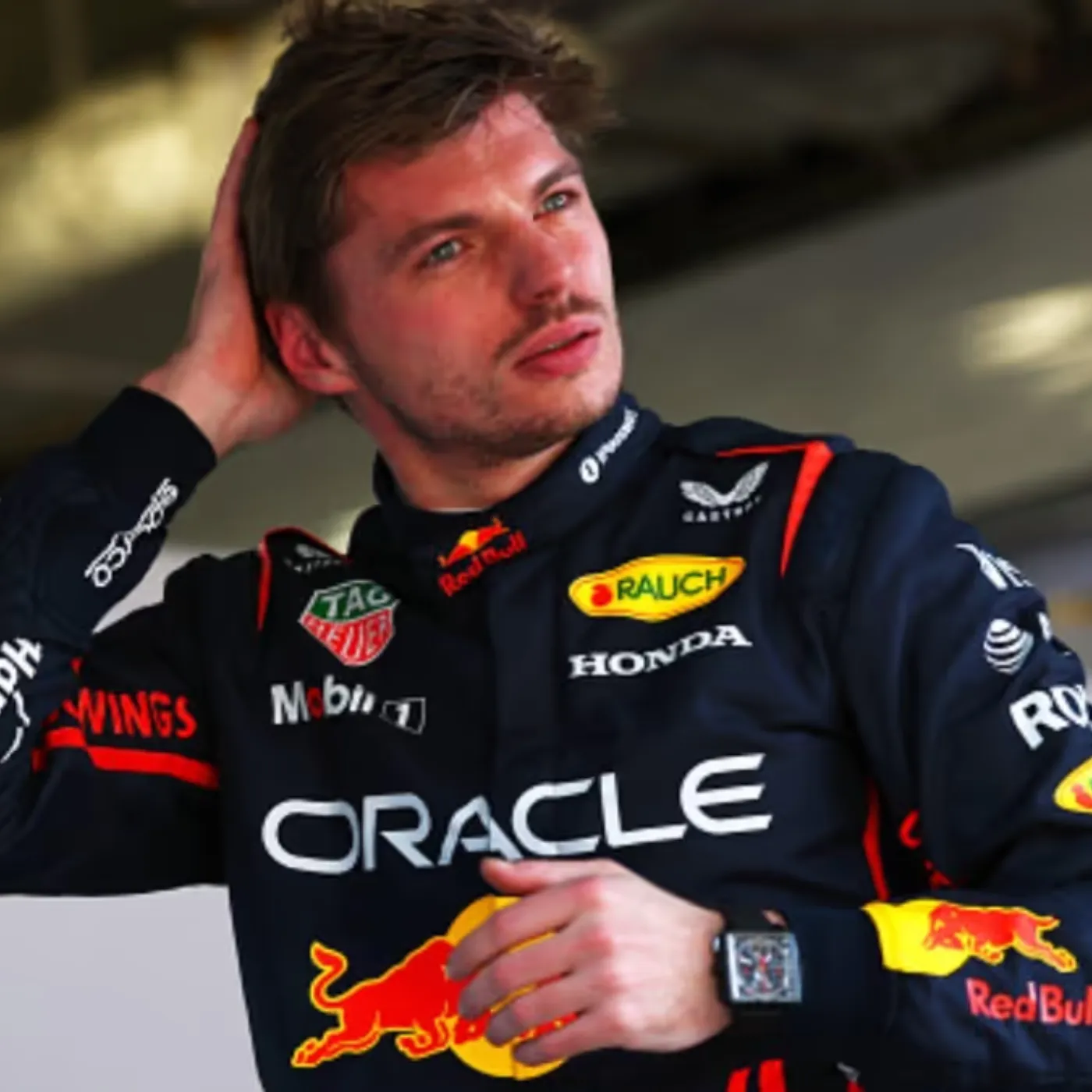
One of the biggest factors in Verstappen’s success has been Red Bull’s engineering dominance, particularly in hybrid technology. If Formula 1 shifted back to V10 power, aero efficiency and raw engine power would play a much bigger role than energy recovery systems and hybrid mapping.
Teams like Mercedes and Ferrari, who have long histories of building naturally aspirated engines, could suddenly become the dominant forces in the sport. Meanwhile, Red Bull, which has benefited greatly from hybrid technology and Adrian Newey’s aerodynamic expertise, might not have the same advantage.
The Final Question: Would Verstappen Still Be the Best?
If Formula 1 returned to V10 power, would Verstappen still be the king of the grid, or would the sport finally expose his one true weakness? Would his aggressive driving style translate into raw V10 racing dominance, or has he become too reliant on the technology of modern hybrid cars?
One thing is certain—a return to V10 engines wouldn’t just change the sound of F1. It would reshape the competition, challenge modern drivers, and redefine what it takes to be a champion.








